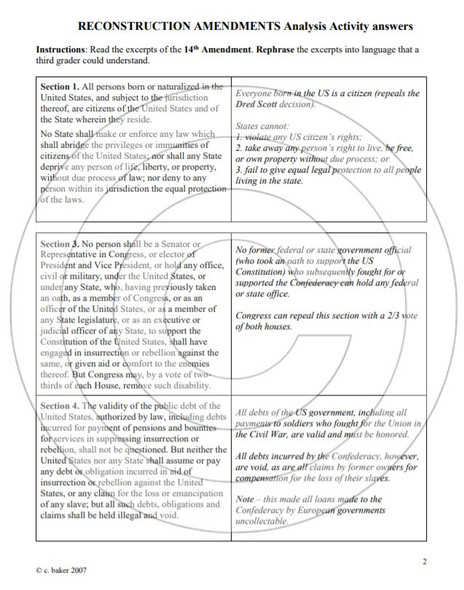Dred Scott v. Sandford primary source analysis activity
- Bulk Pricing:
- Buy in bulk and save
- Contributor:
- Cliff Baker - Ye Olde History Emporium
- Grade Level:
- 7-12
- Product Type:
- Primary Source Activity
- File Type:
- PDF, Doc
- Pages:
- 6
- Answer Key:
- Yes
Description
In 1858, as the fight over the future of slavery in the United States was reaching fever pitch, the Supreme Court was asked to rule on the case of Dred Scott v. Sandford. Scott, a slave from Missouri, had lived with a previous owner both in the free state of Illinois and the free Wisconsin territory. Scott later sued for his freedom in the Missouri Courts under the Missouri common law doctrine of “once free, always free.” After a tortuous appeals process, the case finally made its way to the US Supreme Court.
For a country ready to ignite over slavery, the Court’s decision provided ample fuel for the fire. The Court’s majority came down firmly on the side of slaveholders, ruling not only that slaves and their descendants were without any of the rights of citizens, but also that Congress was powerless to abridge the rights of slaveowners in their “property.”
In this activity students will read and analyze excerpts from the Court’s majority opinion, answer questions which direct them to analyze the main arguments made by the Court in support of its ruling, and discuss the effect of that opinion on the rights of freedmen after the Civil War.
Materials include:
*teacher’s instructions;
*excerpts from the majority opinion from Scott v. Sandford;
*guided question worksheet; and
*answer guide with suggested answers to the guided questions.
Materials are provided as word documents and PDFs in one zip file.
This activity is part of a complete and comprehensive unit on the economic, political and social struggle over slavery in America, leading up to the Civil War also available in my store.
Created by Cliff Baker - Ye Olde History Emporium

















